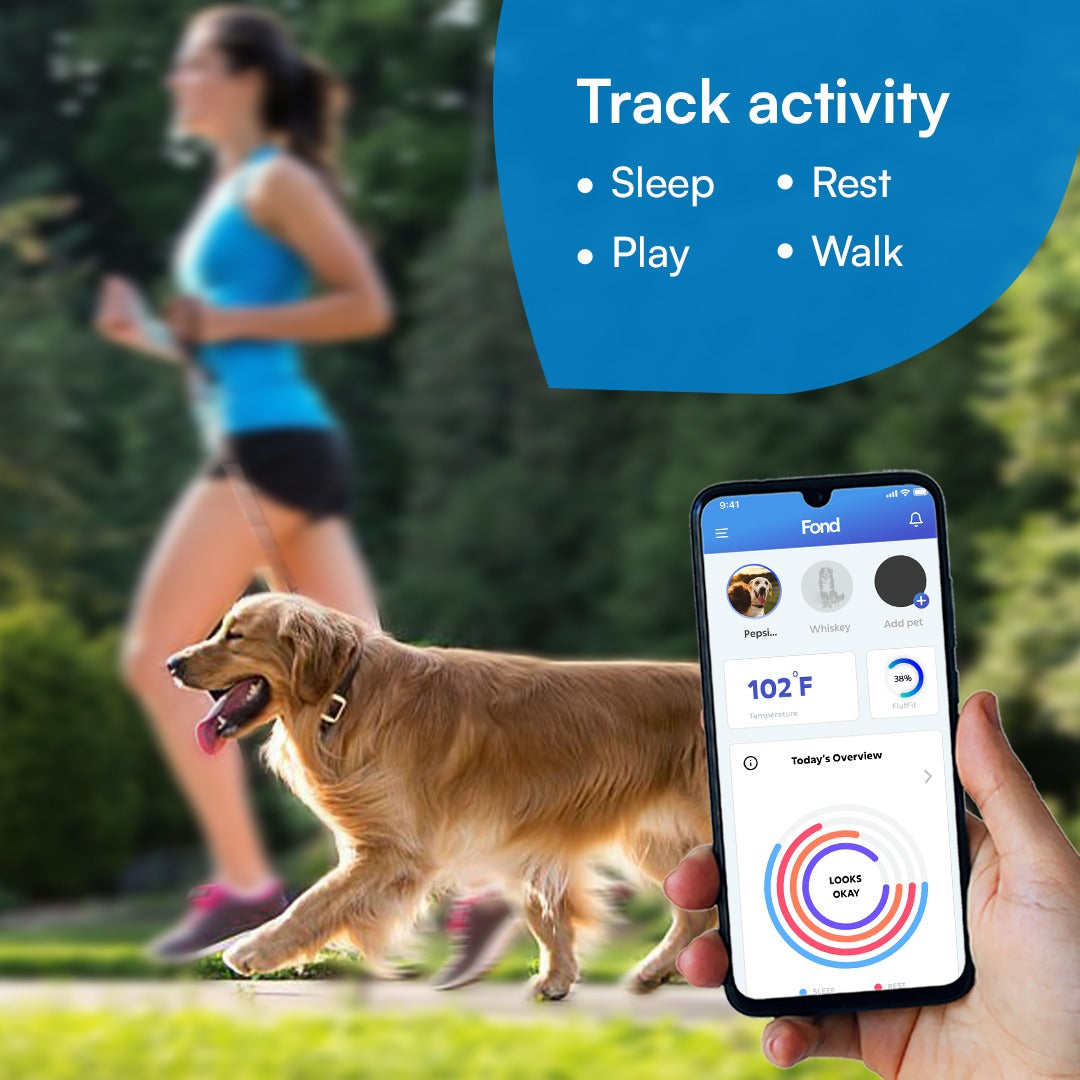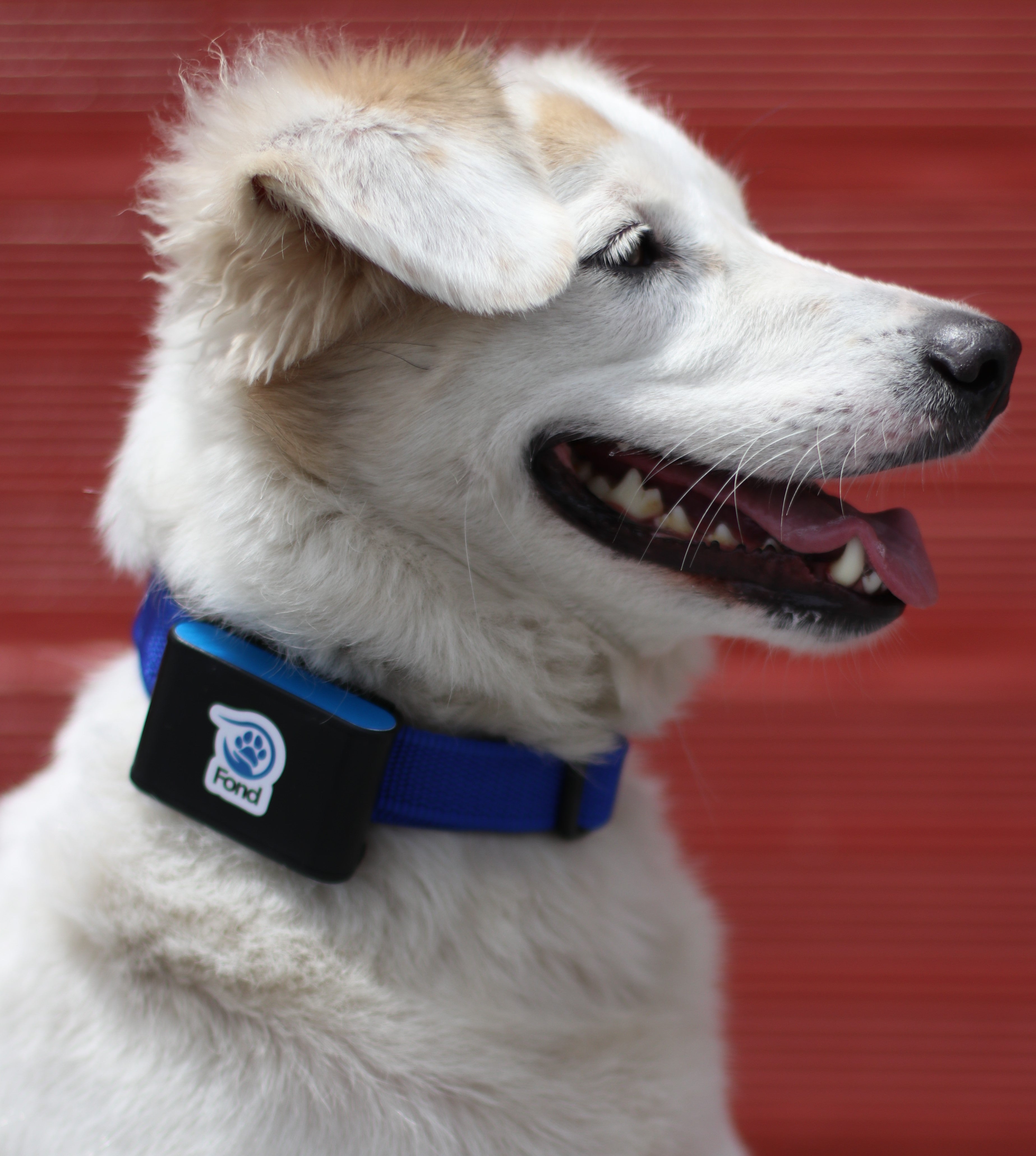
How to Help Separation Anxiety in Dogs

It is critical for pet owners to understand separation anxiety in dogs, which occurs when a dog who is overly attached to its owner becomes extremely stressed when left alone. So that the symptoms and causes of separation anxiety can be identified and preventative measures can be taken.
To alleviate separation anxiety in dogs, try the following techniques:
-
Crate Training:
It’s an important training tool as well as the answer to several puppy problems. When used properly, it is neither cruel nor unhealthy. Rather, it could provide a secure, secluded spot for your pup to relax. The trick is to make the dog associate its crate with favourite things like chew toys and food-releasing puzzle toys, so it enjoys spending time inside. When left alone, some dogs feel safer and more at ease in their crate. -
Exercising your dog before leaving:
A tired dog is a peaceful dog. Exercising your dog at least a few minutes before leaving will relax it and divert its attention to food and sleep. -
Desensitization and Counter-Conditioning:
It is critical for you as a pet parent to teach your dog that separation has benefits. Begin by leaving them for brief periods of time and steadily increase the duration of time you’re gone. If your dog is already trained to go into anxiety mode when you leave, try counteracting that reaction with a dog treat that they adore and that you only bring out for rewards. If they get a yummy treat right before you leave, they just might start looking forward to it.Moreover, You can also lessen the stress of your departure routine by desensitising your pet to the signs that you’re about to leave. Use a side entrance, put on your coat but don’t leave for a few minutes, and leave your keys/purse/shoes somewhere else. The aim is to break your dog’s connection with these actions and prevent them from triggering separation anxiety. -
Medication:
Training and counter-conditioning aren’t always adequate. Some veterinarians suggest medication that requires prescribing and is safe for the majority of pets.

